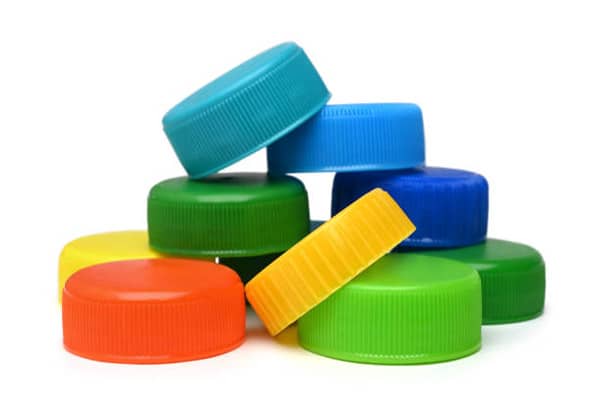The packaging industry is one of the largest consumers of injection molded plastics. This process is ideal for creating high volume, consistent, and highly functional packaging components that require precision, durability, and superior aesthetics. Injection molding plays a critical role in everything from securing our food to delivering pharmaceuticals.
Why is Injection Molding Dominant in Packaging?
The demands of the packaging industry are perfectly aligned with the strengths of injection molding:
Extremely High Volume & Speed: Packaged in billions of units produced. Injection molding, where cycle times are often measured in seconds, is one of the few processes that can meet this need cost-effectively.
Precision & Consistency: For functions such as sealing, threading and snapping, each part must be identical. Injection molding provides the tight tolerances and repeatability required for reliable performance.
Excellent Surface Finish: The process can produce parts with a high-gloss, aesthetically pleasing finish right out of the mold, which is crucial for brand image and shelf appeal.
Design versatility: It can incorporate multiple functions into a single part, such as live hinges, tamper-evident bands, threaded closures, and ergonomic grips.
Material Safety: A wide range of FDA-approved, food-safe and chemically resistant materials are available, making them suitable for food, beverage and pharmaceutical packaging.
Primary Applications in Packaging
- Bags and Wrappers – Flexible packaging for snacks, produce, and retail products.
- Bottles and Jars – For beverages, sauces, and personal care products.
- Trays and Containers – Rigid packaging for food, electronics, and pharmaceuticals.
- Films and Sheets – Used for wrapping, shrink films, and stretch films.
- Pouches and Sachets – Small, lightweight packaging for single-use items.
- Caps and Closures – For sealing bottles and containers securely.
- Inner Liners and Lining Films – Protect products inside larger packaging.
Expanding the Horizon: Beyond Traditional Packaging
The principles of injection molding are also being applied to innovate in a broader packaging context:
Reusable Packaging: Durable, thick-walled containers for subscription services, returnable shipping containers, and industrial bulk containers are injection molded for long-term durability and wear resistance.
In-Mold Labeling (IML): This advanced technique places a pre-printed label or film inside the mold before injection. The molten plastic fuses with the label to create a seamless, high-quality graphic that is durable, scratch-resistant and eliminates the need for a separate labeling step.
Integrated Smart Packaging: Molds can be designed to create compartments and features to hold and protect RFID tags, NFC chips, or humidity indicators, embedding intelligence directly into the packaging structure.
Common materials used in packaging
Polyethylene (PE) – Used for bags, bottles, and films; includes low-density (LDPE) and high-density (HDPE) variants.
Polypropylene (PP) – Common in containers, caps, and lids due to its durability and heat resistance.
Polyethylene Terephthalate (PET) – Widely used for beverage bottles and food containers because of its clarity and strength.
Polyvinyl Chloride (PVC) – Used in shrink wraps, cling films, and blister packs.
Polystyrene (PS) – Found in foam trays, cups, and packaging peanuts.
Polyamide (PA or Nylon) – Used for more rigid packaging and films requiring high strength.
Polycarbonate (PC) – Used for reusable bottles and containers requiring transparency and toughness.
Embracing Sustainability: The Path Forward
Design for Recyclability: There has been a major push to design components for single-material construction to simplify the recycling stream.
Incorporating Recycled Content (PCR): Advanced molding techniques are being refined to process Post-Consumer Recycled (PCR) resins, which can have different flow and thermal properties than virgin plastic.
Lightweighting: Through sophisticated simulation and mold design, manufacturers are continuously reducing the weight of each part without compromising strength, minimizing material use and transportation emissions.
Conclusion
Plastic injection molding is the silent engine of the global packaging industry. It provides critical, high-performance components that ensure product safety, freshness and availability. From the simple screw-top caps that protect your soda fizz to the sophisticated, child-resistant closures on pharmaceuticals, injection molding delivers the precision, reliability and scale that modern consumer packaging demands. As sustainability becomes a greater focus, the industry is adapting with increased use of recycled content and design for recyclability, ensuring that injection molding will remain a fundamental technology for future packaging solutions.
Reference
*Image from https://www.istockphoto.com/

